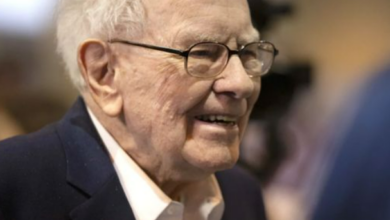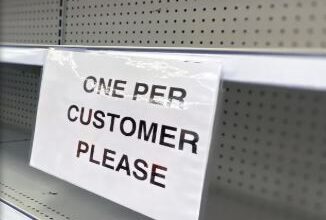
Recent economic indicators suggest a slowdown in the U.S. economy, with consumer spending rising only marginally and jobless claims increasing. This combination of factors points to potential challenges ahead for the American economy.
In October, consumer spending, a critical driver of the U.S. economy, showed a modest increase of just 0.2%. This rise is significantly lower than expected, indicating a possible long-predicted slowdown in economic activity. The cooling of consumer spending, which followed a decrease for a second consecutive month in December, places the economy on a lower growth trajectory as it heads into 2023.
Alongside this, jobless claims have been rising slightly, further suggesting potential weaknesses in the labor market. This rise in unemployment claims can have a cascading effect on consumer spending and overall economic growth, as uncertainty in job security often leads to reduced consumer expenditure.
Despite these concerning signs, it’s important to note that the economy is not necessarily headed towards a recession. Deloitte’s economic forecast for the second half of 2023 shows a substantial slowdown but stops short of predicting a recession. This assessment is supported by positive signs in certain areas, notably the labor market, which has remained relatively robust despite the increasing jobless claims.
Financial institutions like JPMorgan and Goldman Sachs have adjusted their first-quarter GDP growth estimates in light of these developments. JPMorgan raised its estimate to a 3.25% rate from a 2.5% pace, and Goldman Sachs increased its estimate by 0.2 percentage points to a 2.4% pace. These adjustments reflect a nuanced view of the economy, recognizing the slowdown but also acknowledging areas of strength.
In summary, the U.S. economy is showing signs of slowing down, marked by a decrease in consumer spending and a slight rise in jobless claims. However, it is essential to view these indicators in the context of the broader economic landscape, which includes areas of resilience such as the labor market. Policymakers and economic analysts will need to monitor these trends closely to navigate the challenges ahead effectively.





